Finally, it appears that spring will arrive, bringing with it the delightful natural vegetation.
For those who are willing to look, the British flora offers many delights. Before the canopy closes over, woodland flowers bloom early in the spring, filling the roads and verges with a creamy loveliness. The salt marsh and foreshore are usually great locations for unique items, and the deteriorating stonework of old walls is frequently adorned with small treasures that are easily visible to the keen eye. A wide range of flowers that float on the surface or perch on tufts and resist close inspection can be found in wetlands and watercourses. The heaths and moors are dotted with colour in late summer, and the breeze carries a fragrant aroma.
Just breaking ground calls forth the most beautiful annuals, and even the most unpromising banks of a new bypass will suddenly burst into cowslips and orchids for us to hurry past.
Every plant has a different strategy for luring pollinators or dispersing its seeds. Many people still associate flowers with a certain quality that dates back to a time when every bloom had a symbolic meaning. We’ve chosen a few seasonal gems from our extensive list of favourites, each serving as a gentle reminder of Nature’s cleverly diverse scheme.
A basic reference to British wildflowers

Corncockle
Githago Agrostemma
This tall annual with magenta blooms, once widespread in cornfields, is still present in contemporary garden-meadow combinations.
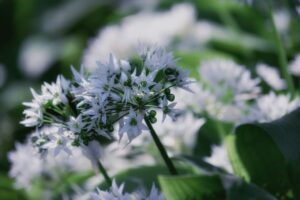
Ramsons
ursinum allium
This common relative of garlic often leaves a strong perfume on the floor of limestone wood in the spring.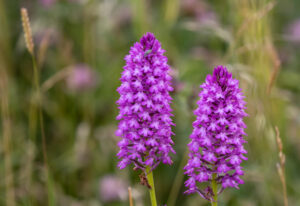
Pyrmidal orchid
The pyramidalis anacamptis
The flower spike of this midsummer orchid is more common in warmer regions of Britain, particularly on alkaline grasslands, however it is not necessarily isosceles in shape.
Wood anemone
Nemorosa anemone
The white blossoms of this early-blooming modest beauty will open when sunlight peeks through the ancient wood’s canopy.
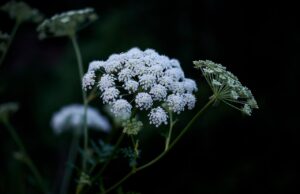
Cow parsley
Ancylostoma sylvestris
May’s shaded hedgerows froth with the green and white of this well-known umbellifer, which is becoming a show-garden essential.
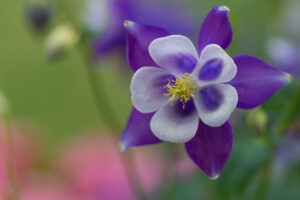
The Columbine
Graelegia vulgaris
An ancestral garden plant growing in a woodland on limestone, whose blossoms represented a dove flying in mediaeval consciousness.

Daisy
Bellis perennis
From suburban lawns to compacted meadows, the Anglo-Saxon “Day’s Eye” is a well-known representation of retiring modesty.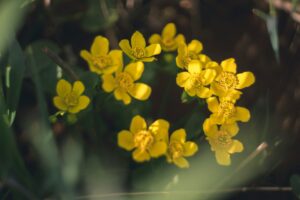
Kingcup
Palustris Caltha
In early spring, this vivid yellow blossom lights up the marsh and forest stream. Take care to observe it.
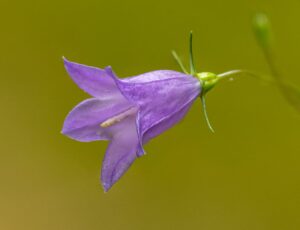
Harebell
The rotundifolia campanula
Scotland’s bluebells are powder-blue bells on the tiniest of frameworks, flashing in the summer breeze on heathy turf.
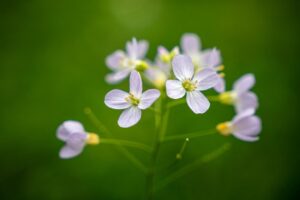
Cuckoo flower
Cardamine pratensis
A pastel-colored film that appears on a moist meadow or grassy margin in late spring is known as lady’s smock or milkmaids. Wildflower experts Caz Buckingham and Andrea Pinnington selected some of their favourite blooms, which include these exquisite ones.
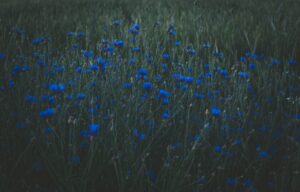
Cornflower
Centaurea cyanus
Known for its vivid blue colour and unexpected height, this cornfield exile is now more frequently found as a garden annual.
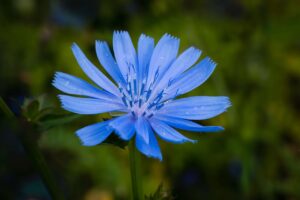
Chicory
Cichorium intybus
The tall, lone, thin plant with a bright blue daisy flower on top that stands along a dusty roadside in late summer.
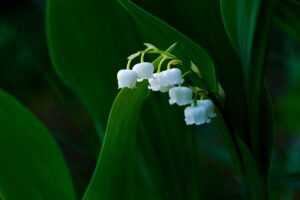
Lily of the valley
Majalis Convallaria
This perennial favourite among fragrant flowers can be located amidst the Pennine limestone pavements. But take caution—this is one of the common plants that can be harmful to cats and dogs.
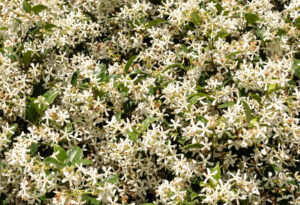
Sea Kale
Crambe maritima
On a shingle shoreline, a shallow dome of waxy, blue-green leaves with intensely perfumed off-white blooms atop
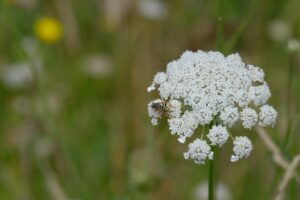
Wild carrot
Carota daucus
An easy-to-identify umbellifer found on everywhere on verges and seaside paths thanks to its characteristically concave, off-white flowerhead

Foxglove
Purpurea digitalis
Bees find these tall, pink, and occasionally white blooms to be enticing, as they illuminate early summer forest and bracken slopes.
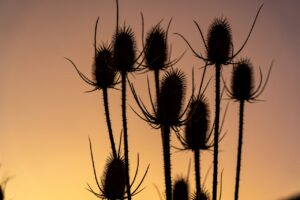
Teasel
Fullonum Dipsacus
With its water-filled leaves and softly tactile, lilac-ringed, egg-shaped blooms in late summer, this opportunist thrives in cleared land.
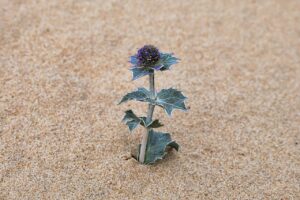
Sea holly
Maritimum eryngi
A unique find between the dunes and marram grass, characterised by its blue blossoms and silvery leaves
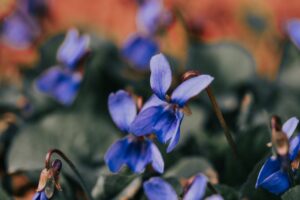
Sweet violet
The odorata viola
An early springtime woodland edge that is stunning in blue, purple, or white, and for those who are willing to grovel, has a perfume that is unforgettable.
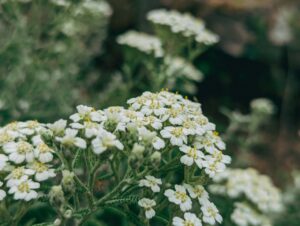
Common yarrow
The millefolium Achillea
This flower of grassland and wayside attracts butterflies with its soft, feathery leaves and strong perfume. It has also produced a number of vivid garden variants.
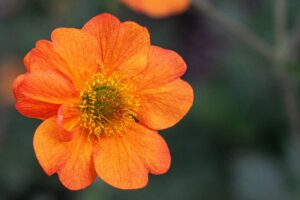
Scarlet pimpernel
Agagallis arvensis
This pimpernel is a brilliant, small perennial with floppy stems; in bad weather, the blossoms close. People search for him here and there.


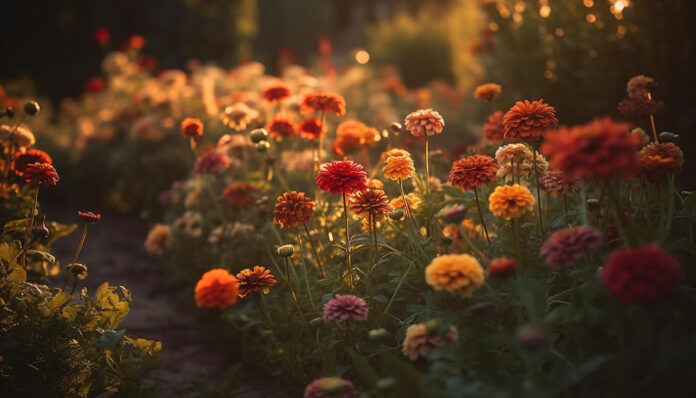
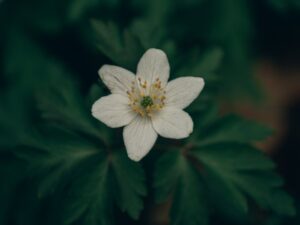






 in London.
in London.